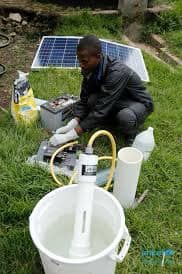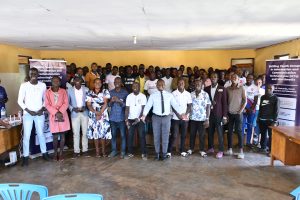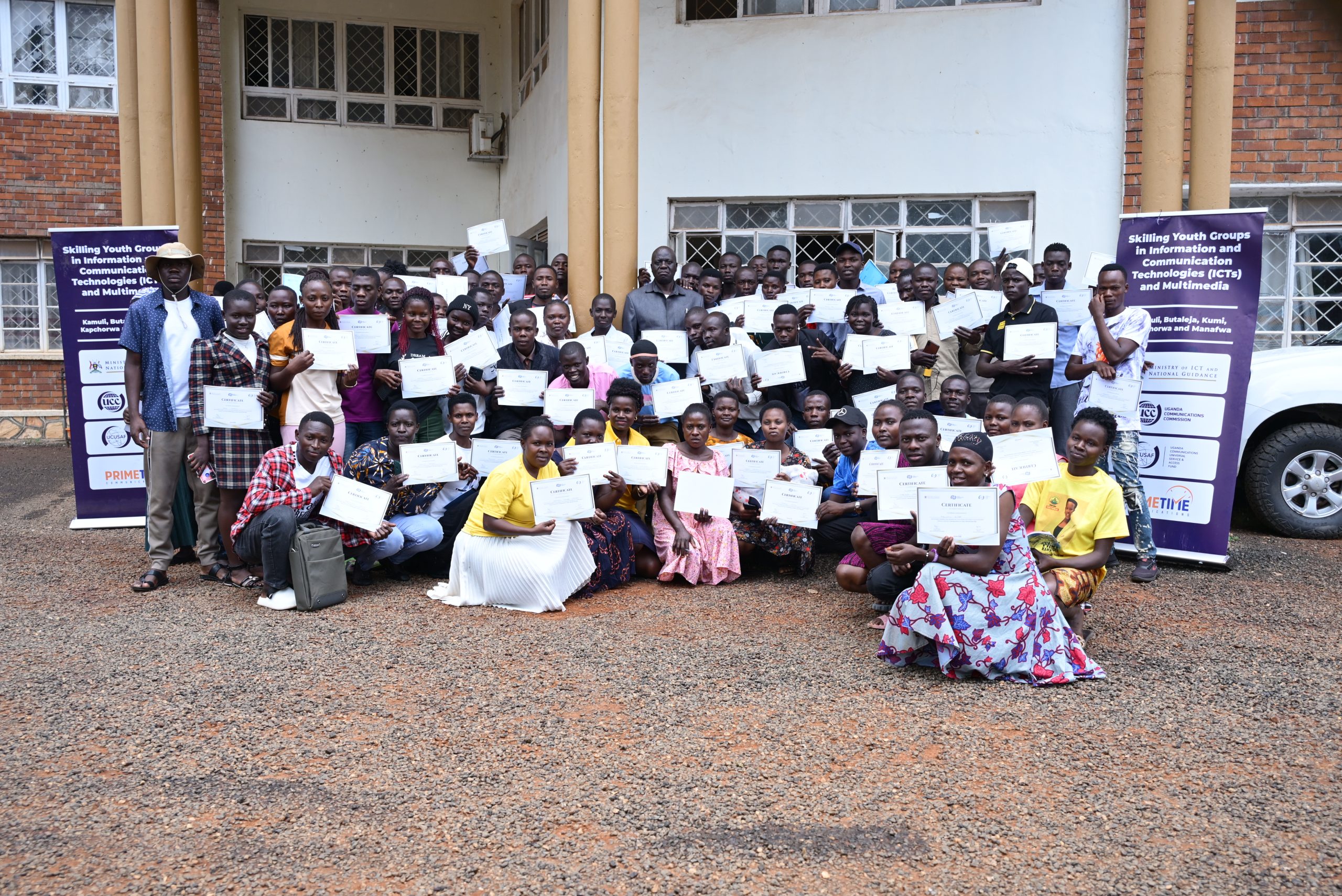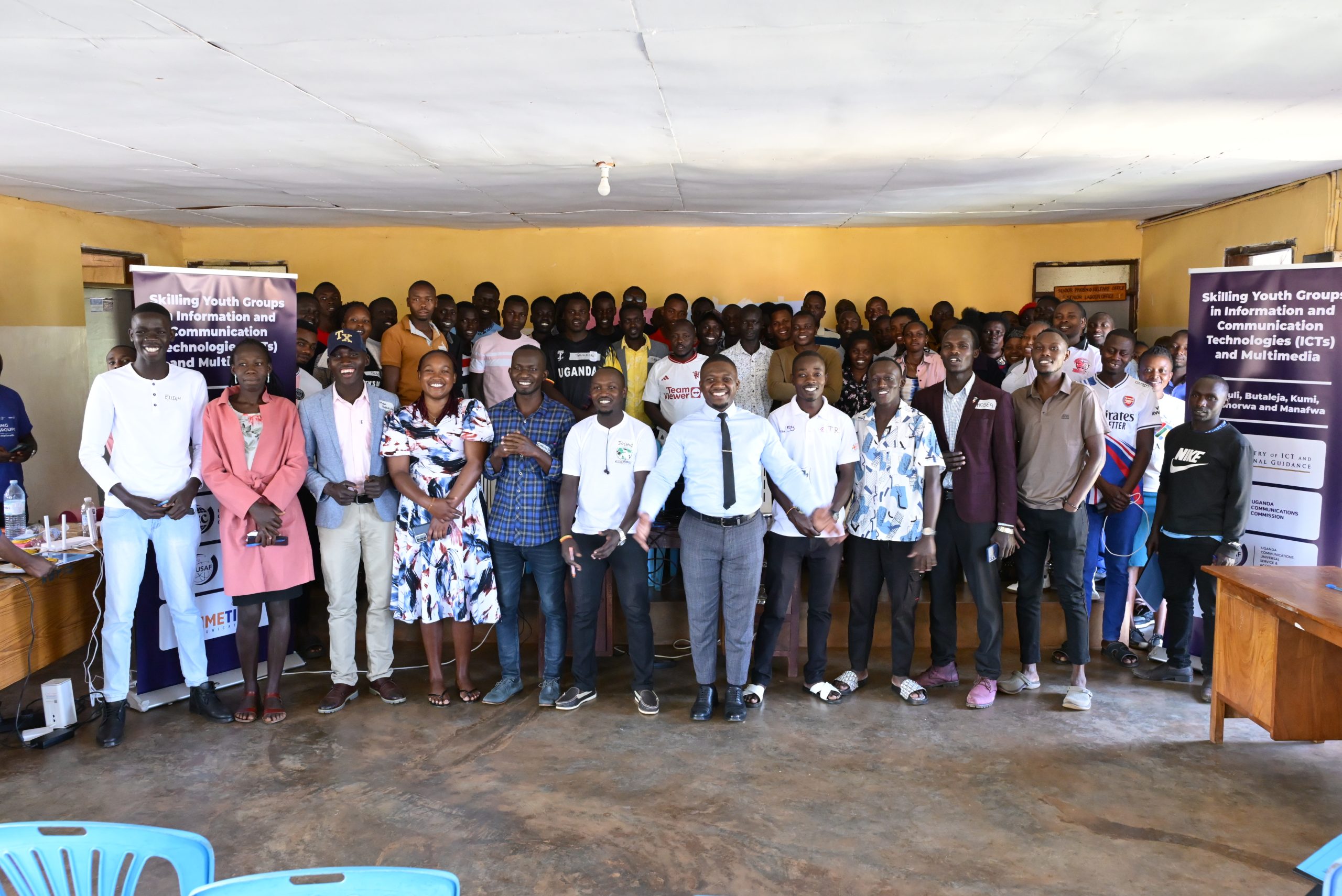#OutToLunch Beg the Americans for Ebola vaccine formula so Matugga factory can make them
By Denis Jjuuko
In 2019, as Kasese was recovering from an Ebola outbreak that had put the region to a standstill, I visited a few health centres and even families who had lost relatives to the disease. The effects of Ebola on the families and communities were still evident. There is no need to emphasize how dangerous this disease is.
I noticed that what had really worked in Kasese is how the community reacted to washing their hands. As we drove through the hilly terrain, washing stations were in place almost everywhere. Select health centres had received solar powered chlorine generators capable of producing at least 30 litres of chlorine at a concentration of 0.5 percent every six hours which when diluted to 0.6 percent would make 270 litres. Chlorine concentrated at a certain level is effective in fighting Ebola. It is also cheap to make compared to JIK and such other detergents. The generators had been donated by UNICEF and its partners.
If one had an event, they would alert the health centre in time and have chlorine reserved for them. Nobody attended an event without washing their hands and having their temperatures taken. Kasese is located in the mountainous Rwenzori region with a porous border through which people slip through into Uganda from the Democratic Republic of Congo.
This was before lockdowns became an epidemiological standard measure to control the spread of diseases. Yet Ebola was contained to a few cases. Everyone was vigilant. People ensured their hands were washed; their body temperatures taken.
A year later in 2020, COVID-19 struck. We claimed that as a country we had Ebola experience and therefore we would do well to control the disease. We locked down schools for the longest period in the world according to some accounts. Washing hands and sanitizers were put in place and temperatures were taken.
However, we seem to have learnt nothing from Ebola outbreaks in Kasese and even COVID-19. In Kampala since the outbreak of COVID-19, standard operating procedures have been relegated to the back corner. There is no enforced washing of hands while entering public spaces. No body temperatures are being taken. What happened to all the temp guns that had been acquired? What lessons do we learn from the Ebola outbreaks that we have had to deal with? What lessons did we learn from COVID-19?
Today, many sanitizer dispensers in public places are either dry or non-functional. Wash stations have been sent to the store or sold as scrap metal. Everyone is on their own. Yet Ebola is spreading to other towns with cases being reported in as far places as Jinja from the Mubende/Kassanda epicenters.
The lockdown of these two districts have proved to be ineffective since the diseases continues to spread. The Ministry of Education says schools should close early before the term was scheduled to. This comes at the time when most of these children sat at home for nearly two years. Statistics from some civil society claim that many teenage girls ended up pregnant and their lives have changed forever. The majority of these are looking at a bleak future. I may be wrong but I don’t remember schools being closed in Kasese before due to Ebola.
What we learnt in previous outbreaks should be informing the decisions we make today in fighting the disease and that can’t be just lockdowns. Effective use of chlorine among other measures saved Kasese before. It can save the country again.
But as the continent we should also work hard to find long term solutions. Ebola has been around for more than 50 years. Uganda is in the zone where frequent outbreaks occur but the vaccines which have been licensed by the World Health Organization are not anywhere near those who need them. We had to wait for the benevolence of the United States for a few dozes for health workers.
We need to continuously work on building our capacity to develop and manufacture the vaccines. COVID-19 taught us of “vaccine racism” and therefore we can’t be relying on the west all the time. The vaccine factory in Matugga that was launched recently is a good start but the real work is in developing the vaccine and then scaling up its production.
For Ebola, as it spreads across the country at levels we haven’t seen before, it is high time we begged the Americans for the formula so that the Matugga factory can produce them. But before that, let us ensure everyone washes their hands!
The writer is a communication and visibility consultant. djjuuko@gmail.com











